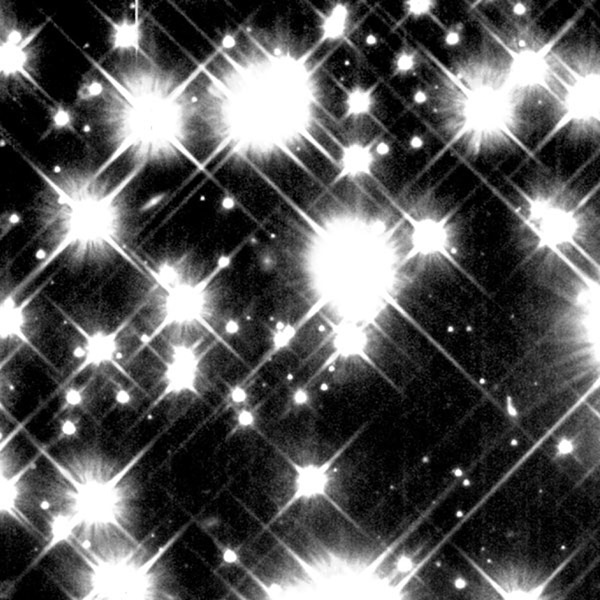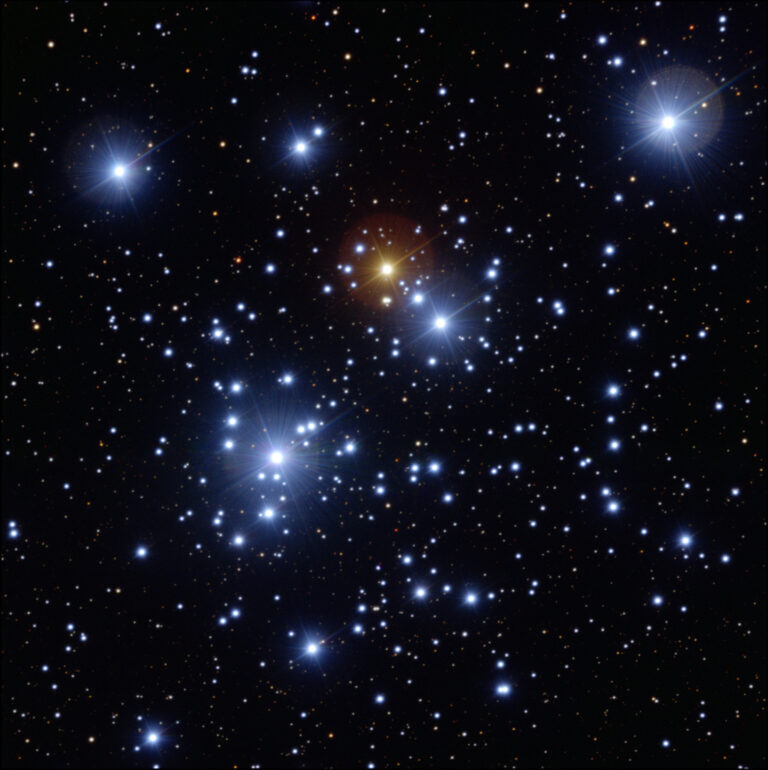Key Takeaways:
- Most stars are oxygen-rich, exhibiting strong titanium oxide (TiO) spectral bands, while cool carbon stars are characterized by carbon-containing molecular features (e.g., CH, CN, C2) indicating a carbon abundance greater than oxygen.
- Carbon stars are defined as cool red giants, typically with surface temperatures below 4,000 Kelvin, whose atmospheres are dominated by carbon-rich molecules.
- These stars form when, late in a star's life, carbon produced from helium fusion in the core is "dredged up" to the stellar surface during the red giant phase.
- Carbon stars provide crucial empirical evidence for the nucleosynthesis of elements within stars, thus corroborating existing stellar evolution and nucleosynthesis models.
Traditionally, the carbon star label has been reserved for cool red giants, which have temperatures slightly lower than 4,000 kelvin at their surfaces. (For comparison, our Sun’s surface is about 5,800 kelvin.) Most of the coolest giants are oxygen-rich, and for historical reasons they are called M stars. The carbon-rich ones are designated C stars. A third (even more rare) category contains S stars, which have roughly an equal number of oxygen and carbon atoms.
How do carbon stars form? A star spends most of its life shining because of the energy released during the fusion of four hydrogen nuclei into one helium nucleus. Late in its life, hydrogen burning ceases; the interior regions shrink and heat while the outer layers puff out to present to the universe a red giant star. When the interior helium core reaches fusion temperatures, it will convert helium mainly into carbon. On rare occasions, this newly minted carbon can be dredged up to the stellar surface, creating a carbon star — living proof of the creation of elements inside stars. The stars are “proof” that astronomers’ stellar evolution and nucleosynthesis models must be on the right track.
— Christopher Sneden, University of Texas, Austin










